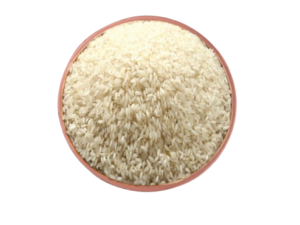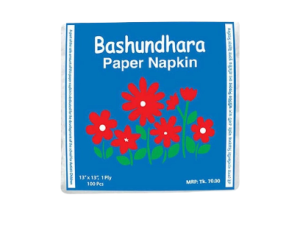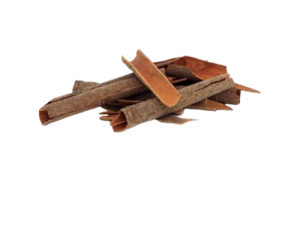Cinnamon, known as “Daruchini” in Bangladesh, is a highly valued spice that has been used for centuries both for its flavor and medicinal properties. Here’s a detailed description of cinnamon (Daruchini) in Bangladesh:
1. Botanical Background:
- Scientific Name: Cinnamon is obtained from several species of evergreen trees belonging to the genus Cinnamomum.
- Varieties: The two main varieties are Ceylon cinnamon (Cinnamomum verum) and Cassia cinnamon (Cinnamomum cassia). In Bangladesh, Cassia cinnamon is more commonly found and used.
2. Appearance and Harvesting:
- Form: Cinnamon is obtained from the inner bark of trees, which is harvested and dried. It is then sold as whole sticks (quills) or ground into powder.
- Color: The outer bark is reddish-brown, and when peeled away, the inner bark is pale brown with a smooth surface.
3. Culinary Uses:
- Flavor: Cinnamon has a warm, sweet, and slightly spicy flavor profile.
- Cooking: It is used in a variety of dishes in Bangladesh, including curries, desserts (such as firni and kheer), and beverages like tea.
- Whole vs. Ground: Whole cinnamon sticks are often used for infusing flavor in cooking liquids and are also used as a garnish.
4. Medicinal Properties:
- Traditional Medicine: Cinnamon has been used traditionally in Bangladesh and other cultures for its medicinal properties.
- Digestive Aid: It is believed to aid digestion and alleviate gastrointestinal discomfort.
- Antioxidant: Cinnamon contains antioxidants that may help fight inflammation and oxidative stress.
5. Cultural Significance:
- Traditional Foods: Cinnamon is an integral part of many traditional Bangladeshi dishes, imparting a distinct flavor and aroma.
- Festive Use: It is often used in special occasions and festive foods.
6. Economic and Agricultural Importance:
- Production: Bangladesh imports cinnamon mainly from countries like Vietnam, Indonesia, and China.
- Economic Impact: Cinnamon trade contributes to the economy through both domestic consumption and export.
7. Availability and Consumption:
- Market: Cinnamon is widely available in markets across Bangladesh, both in whole and powdered forms.
- Consumption: It is consumed daily in various forms, reflecting its importance in Bangladeshi cuisine.
8. Conservation and Sustainability:
- Challenges: Like many natural resources, cinnamon faces challenges related to sustainable harvesting and conservation of tree species.
- Regulation: Efforts are made to regulate harvesting practices to ensure long-term sustainability.
In conclusion, cinnamon (Daruchini) holds significant cultural, culinary, and medicinal value in Bangladesh. Its warm flavor and aroma are integral to traditional dishes and beverages, making it a cherished spice in Bangladeshi cuisine and culture.






